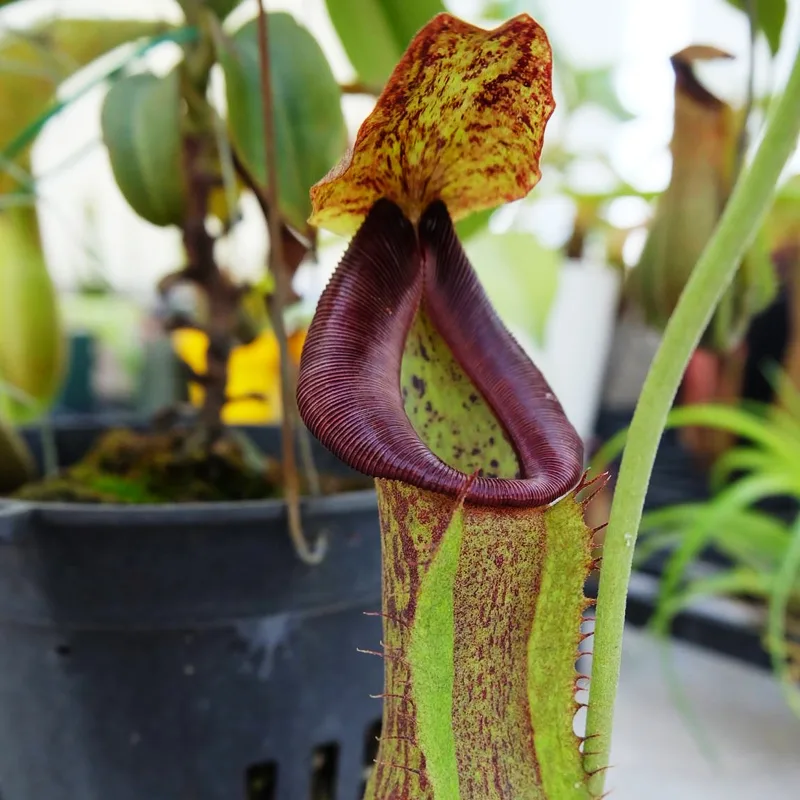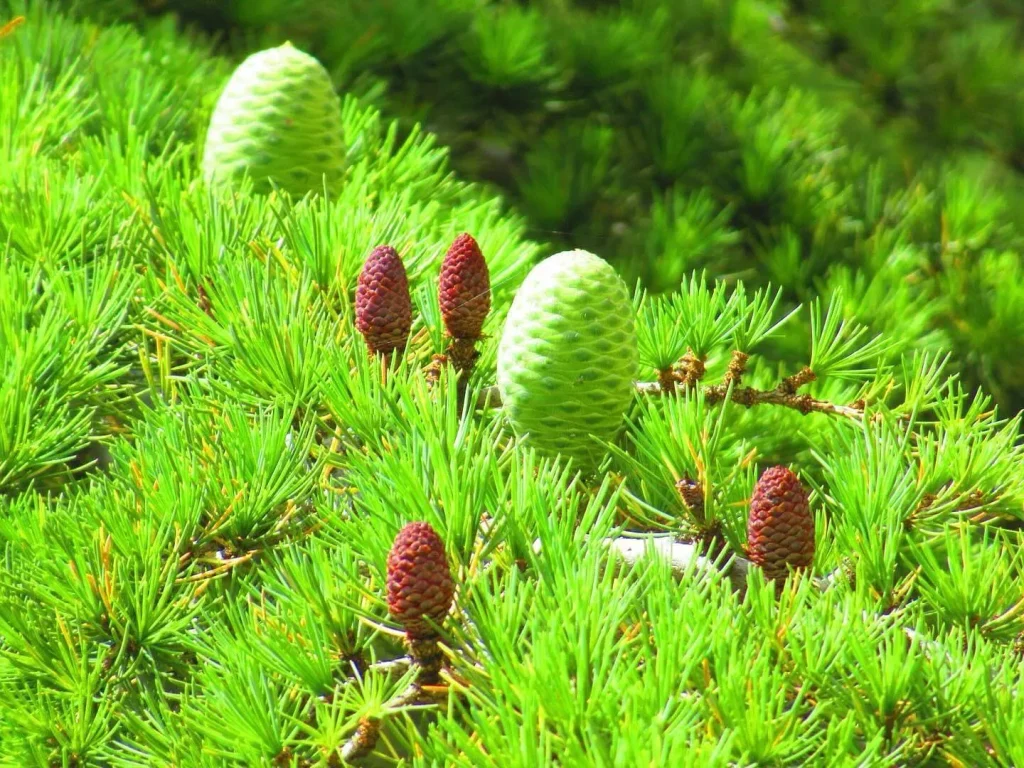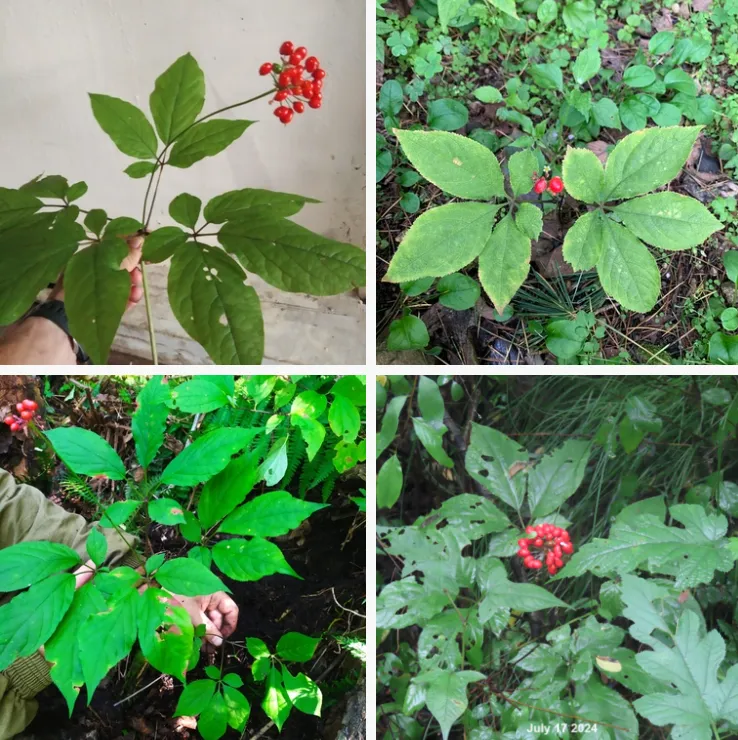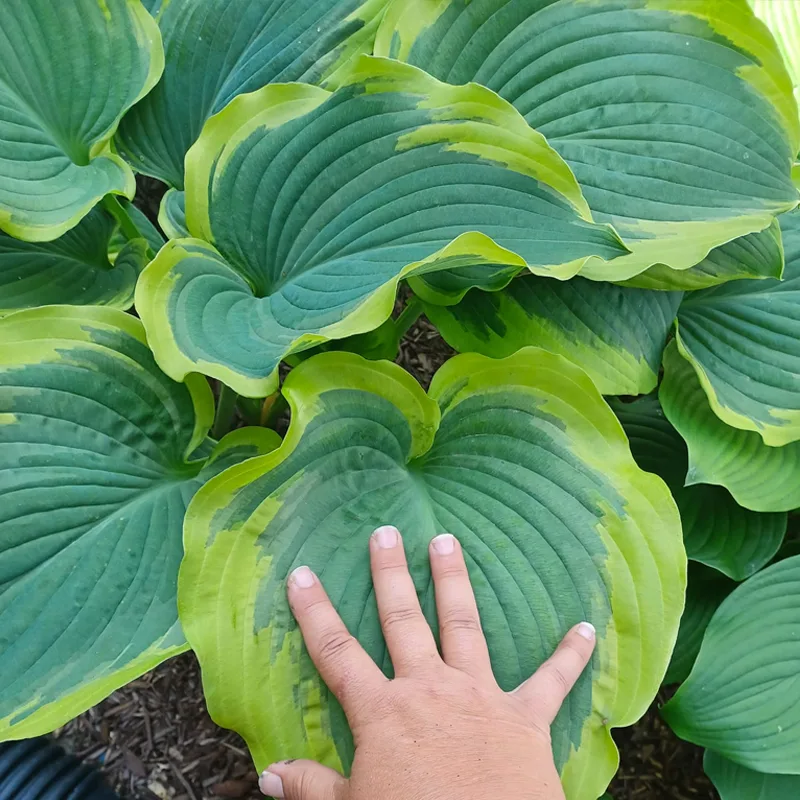
What Is Houttuynia Cordata?
Houttuynia Cordata, often known as fish mint or chameleon plant, is a perennial herb native to Southeast Asia. It’s a member of the Saururaceae family and is recognized for its distinctive heart-shaped leaves that change color with the seasons. In addition to its unique appearance, Houttuynia Cordata is valued for its medicinal and culinary uses. Its leaves are known for their strong, fishy aroma, which is why it’s sometimes referred to as fish mint.
3 Species in Genus Houttuynia
Is Houttuynia Cordata Edible?
Yes, Houttuynia Cordata is edible. The leaves and stems are used in various Asian cuisines, particularly in salads, soups, and as a garnish. The flavor is quite bold, with a pungent, fishy taste that might not be to everyone’s liking. Besides culinary uses, Houttuynia Cordata is also used in traditional medicine for its purported antibacterial and anti-inflammatory properties.
What Is Houttuynia Cordata Extract?
Houttuynia Cordata extract is derived from the plant’s leaves and stems. It’s concentrated and used for its medicinal benefits. This extract is often found in supplements and herbal remedies, praised for its potential health benefits, including boosting the immune system and acting as an anti-inflammatory. It’s also used in some skincare products for its purported antimicrobial properties.
How to Grow Houttuynia Cordata?
Growing Houttuynia Cordata is relatively straightforward. It thrives in moist, well-drained soil and prefers a spot with partial to full sunlight. It’s a hardy plant that can handle a range of conditions but grows best in rich, loamy soil. To propagate, you can start from seeds or take cuttings from an existing plant. Planting it in a container or raised bed can help manage its spread, as it tends to be quite vigorous.
How Much Sun Does a Houttuynia Cordata Chameleon Need?
The Houttuynia Cordata ‘Chameleon’ variety requires a moderate amount of sunlight. It does well in partial shade but can also tolerate full sun if given adequate moisture. Too much direct sunlight might scorch the leaves, while too little can affect the plant’s vibrant colors and overall health.
How Tall Does Houttuynia Cordata Grow?
Houttuynia Cordata typically grows to a height of 6 to 12 inches, though it can spread widely, making it a ground cover plant. Its spreading nature means it can cover a large area if left unchecked, which is an important consideration if you’re growing it in your garden.
Is Houttuynia Cordata Invasive?
Yes, Houttuynia Cordata can be invasive. Its rapid growth and spreading habit can make it difficult to control once it’s established. In some regions, it’s considered an invasive species because it can outcompete native plants and disrupt local ecosystems. If you’re planting it, consider using barriers or containment strategies to prevent it from spreading uncontrollably.
How to Eradicate Houttuynia Cordata?
Eradicating Houttuynia Cordata can be challenging due to its vigorous growth. To control or remove it, you’ll need to be persistent. Physical removal involves digging up the entire plant, including the root system, as even small pieces left behind can regrow. Applying herbicides can be effective but should be used with caution to avoid harming other plants. Regular monitoring and removal of any new growth are essential.
How to Get Rid of Houttuynia Cordata?
Getting rid of Houttuynia Cordata involves similar steps to eradication. Focus on removing all visible parts of the plant and ensuring that no root fragments remain in the soil. Regular maintenance and vigilance are crucial to prevent re-emergence. If the infestation is severe, you might need to seek professional help or use specialized herbicides designed for invasive plants.
Can You Grow Houttuynia Cordata Indoors?
Growing Houttuynia Cordata indoors is possible but less common. It requires bright light and high humidity to thrive indoors. Ensure that you provide it with a suitable container, good soil, and proper watering to mimic its natural outdoor environment. Indoor growth may limit its spreading behavior, making it easier to manage compared to outdoor cultivation.
How to Make Houttuynia Cordata Tea?
To make Houttuynia Cordata tea, steep fresh or dried leaves in hot water for about 5-10 minutes. The resulting tea has a strong, distinctive flavor, which some people enjoy for its purported health benefits. Drinking this tea can be a way to incorporate the plant’s medicinal properties into your routine.
Houttuynia Cordata vs Centella Asiatica
Houttuynia Cordata and Centella Asiatica are both popular in traditional medicine, but they have different uses and characteristics. Centella Asiatica, also known as Gotu Kola, is renowned for its skin-healing properties and cognitive benefits. Houttuynia Cordata, on the other hand, is valued for its antimicrobial and anti-inflammatory effects. Their applications in herbal medicine and culinary uses differ, with Centella Asiatica being more focused on skin health and cognitive function.
Houttuynia Cordata vs Mugwort
Houttuynia Cordata and Mugwort (Artemisia vulgaris) are distinct herbs with different properties. Mugwort is known for its digestive benefits and use in traditional medicine for various ailments. Houttuynia Cordata, as mentioned, is used for its antibacterial and anti-inflammatory properties. The two plants have different tastes, uses, and growth habits, making them suitable for different applications in herbal remedies and cooking.
What to Plant With Houttuynia Cordata?
When planting Houttuynia Cordata, consider companion plants that can thrive in similar conditions. Plants like hostas, ferns, and astilbes can complement Houttuynia Cordata’s vibrant foliage and tolerate similar soil and light conditions. Avoid planting it with species that might be overwhelmed by its spreading habit.
How to Care for Houttuynia Cordata?
Caring for Houttuynia Cordata involves regular watering, especially in dry conditions, and occasional trimming to manage its spread. Ensure it’s planted in well-drained soil and in a location that receives adequate sunlight or partial shade. Regular monitoring for pests and diseases can help maintain its health and vitality.
Common Problems with Houttuynia Cordata
Common problems with Houttuynia Cordata include its invasive nature and susceptibility to root rot in poorly-drained soil. Managing its spread and providing proper drainage are key to preventing these issues. Keeping an eye out for pests like aphids and spider mites can also help maintain plant health.
Houttuynia Cordata is a fascinating plant with a range of uses and characteristics. Whether you’re considering growing it in your garden or using it for its medicinal properties, understanding its needs and potential challenges will help you make the most of this unique herb.
If i die, water my plants!



